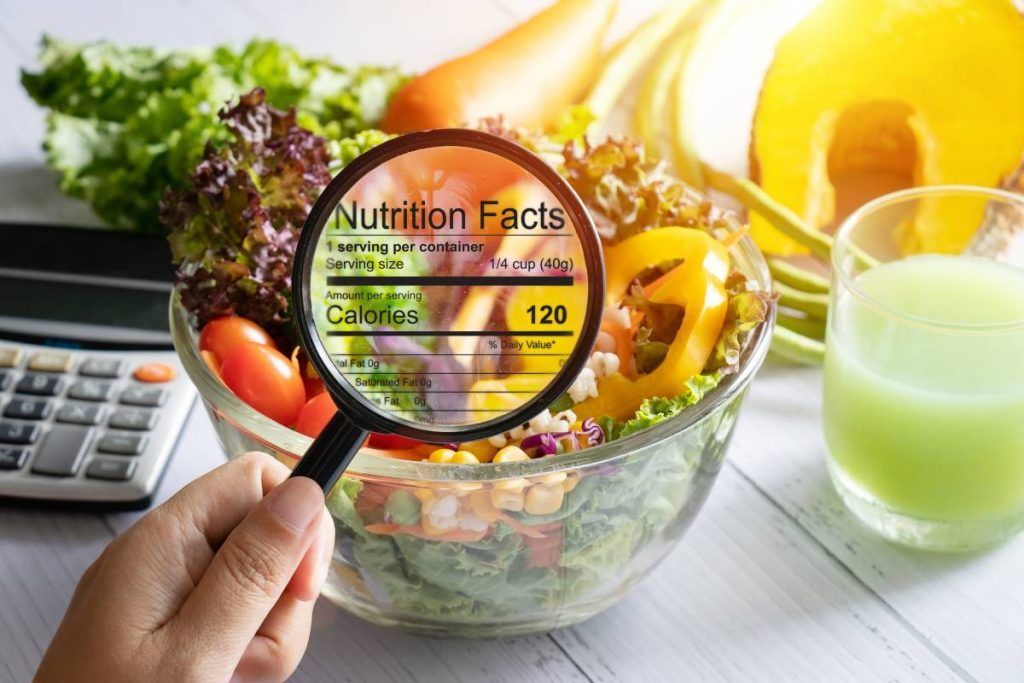
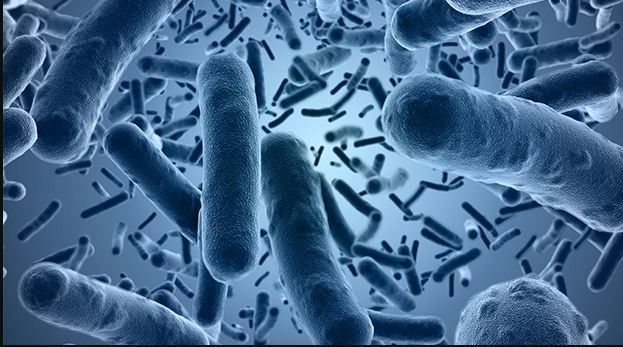


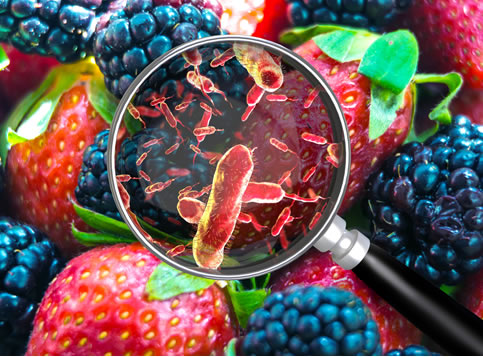
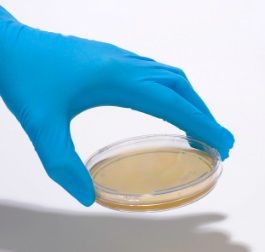
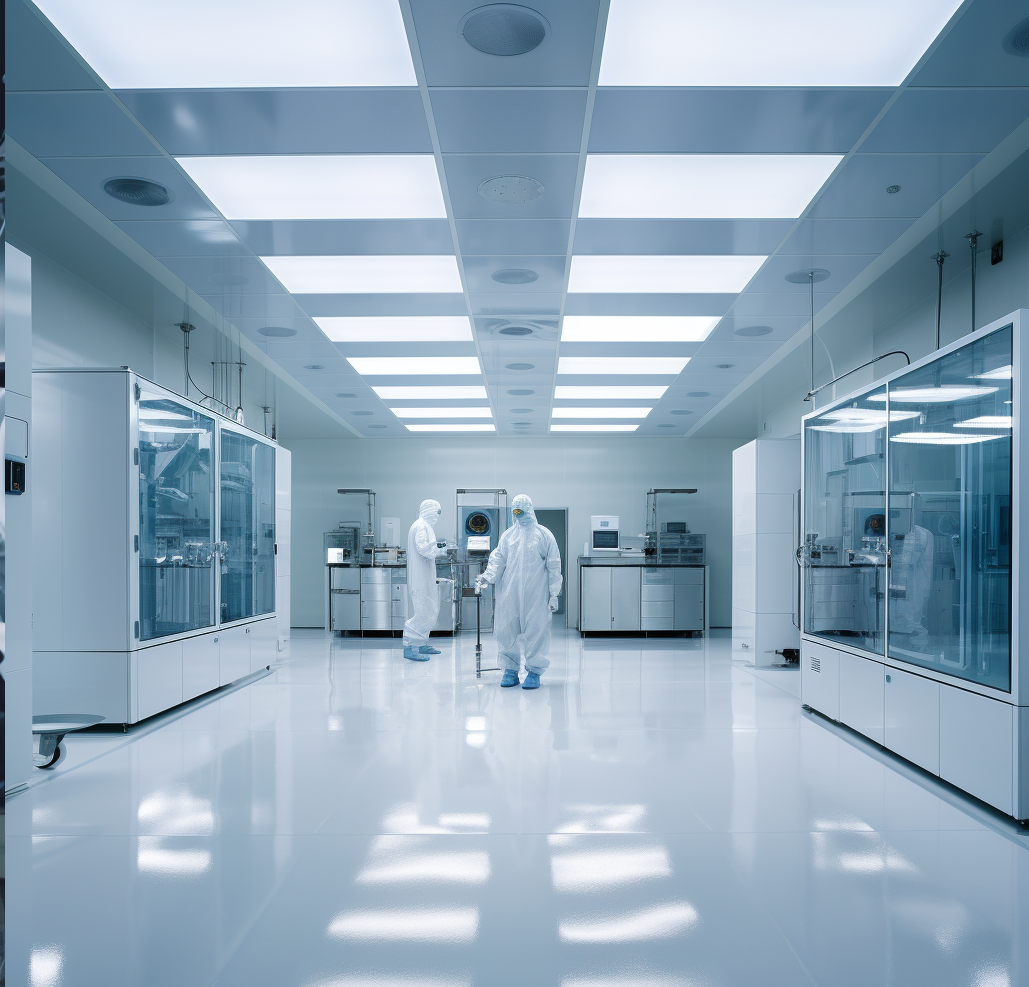
It helps to be able to follow a cleanroom checklist.
Cleanroom services in New York help you to monitor and improve the conditions of your industrial settings to ensure that they meet federal guidelines. They also help ensure safety, both for the employees, and the community at large.
Cleanroom testing is an important component of safe, healthy production. In this article, we give an overview of what these services are, why they are necessary, and how they make communities safer.

Cleanrooms are a carefully defined space that has been customized to meet standards specific to the product and the industry. In the sections below we look at what cleanroom services in New York exactly are.
Clean rooms are an enclosed space that has been designed to be free of germs and other contamination that could make a product unsafe. The federal standards for what a clean room must accomplish can vary from industry to industry. However, the goal is always to keep specific, harm-inducing contaminants away from the product being developed.
Cleanroom services in New York help businesses meet their sanitation needs, whatever they might be.
Cleanrooms are used in the pharmaceutical industry, lab work, food production, and a variety of other work environments. The specifications of the industry will inform what sort of standards need to be enforced. However, cleanrooms are always used to avoid contaminants that are harmful to products, employees, and consumers.
Though they are federally required, businesses that are subject to cleanroom standards are often eager to follow them as they can improve productivity and reduce the risk of recalls.
Cleanroom services in New York help maintain the controlled conditions that many products require to be developed. For example, a laboratory setting could not achieve dependable results without the help of a cleanroom to ensure the accuracy of their findings.
From the consumer’s perspective, clean rooms guarantee a degree of continuity amongst products. A shopper may prefer one brand of pharmaceutical to another, but when cleanroom standards are enforced, that shopper will never need to wonder which product is the safest.
Cleanroom services are important because they are the most dependable way to handle delicate things. They standardize conditions across an industry and help keep products and work environments alike safer.
There are safety implications that we will discuss later. There are also production considerations. For example, businesses making technology do not have to uphold the same stringent conditions as those making consumables. The federal guidelines are more lenient because the products do not typically have any public safety implications.
Tech producers still follow stringent guidelines because it is in their best interest. Dust can ruin an entire production line of microchips. Humidity levels can destroy sensitive equipment.
Cleanroom standards are important because they look out for everyone’s interests.
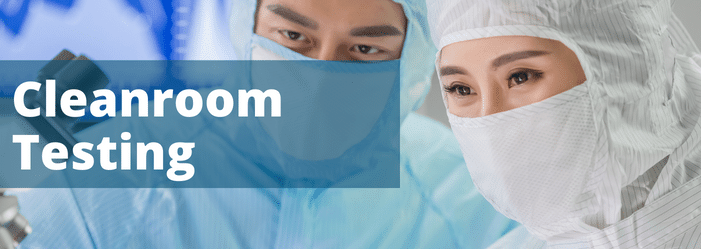
Cleanroom testing is an important component of guaranteeing a safe, contaminant-free production environment. Testing should occur regularly to ensure that ideal conditions are being upheld over time.
Cleanroom testing is there to make sure that industry guidelines are being met. Maintaining good cleanroom conditions requires constant vigilance. Monitoring is there to ensure that best practices are being followed and that contaminants have not found their way in.
From a legal perspective, regular cleanroom testing satisfies the FDA’s regulations on what certain industrial environments must accomplish in terms of sanitation. Beyond regulatory pressures, however, regular testing also helps to keep work conditions safe and effective.
In countries where cleanroom guidelines are not in place, dangerous public safety concerns have been realized.
Cleanroom testing protocol may vary depending on the specific regulatory guidelines of the industry. In general, it will involve:
These services provide comprehensive data on what is going on in a work environment beyond what is apparent to the naked eye. Even rooms that look good on the surface can contain dangerous contamination. Testing is the only way to know what is really going on in a production room.
Cleanroom standards depend primarily on the classification of the room being tested. However, they are measured in microbial air particles and evaluated based on volume. Rooms found to have more than the allotted airborne particles will have to make adjustments before they can resume production.
Usually, manufacturers producing consumables have the strictest standards. However, even tech companies have requirements they must follow while manufacturing their products.
Cleanroom testing is important because it is the only way to enforce regulations that guarantee the safety of both work environments, and the products being produced.
Without periodic testing, conditions can quickly deteriorate. The cleanroom will be evaluated through an audit eventually. If the auditor finds contamination, it can result in significant fines and other problems for the company. With testing, there are no surprises when it comes time for code enforcement.
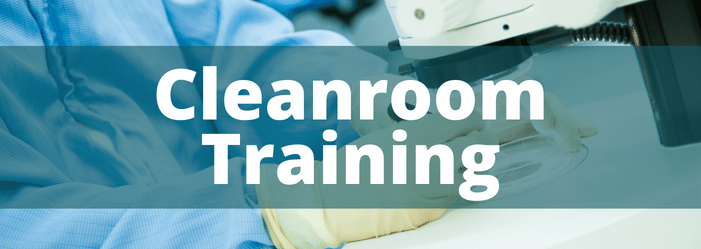
Cleanroom training is the process of teaching employees how to maintain standards and avoid contaminants. Simple mistakes can lead to levels of contamination that violate FDA standards.
Well-trained staff are equipped with the skills they need to keep cleanrooms safe and productive, even when monitoring services are not being conducted.
Even rooms that have been calibrated to the FDA-approved standards are constantly vulnerable to corruption. In fact, employees are the most common cause of microbial contamination.
The most common sources of corruption include:
Clean rooms are sensitive environments. Even a small mistake can disrupt its delicate balance, leading both to rule infractions, and dangerous product contamination.
Cleanroom training is vital for any employee working in a cleanroom environment. Trainings should be conducted at the point of hire but should not be limited only to new workers.
Best cleanroom practices require constant vigilance. Long-term employees can easily fall into bad habits—small mistakes, like not sanitizing their hands as often as they are supposed to.
When these behaviors creep in, cleanroom standards falter, and mitigation is required. Ongoing training sessions ensure that employees new and old are aware of what is expected of them, and what they can do to guarantee a safe, stable work environment.
Cleanroom standards for employees are stringent. For cleanrooms to remain uncontaminated, personnel access must be limited to trained employees. Ideally, the room will be kept at minimum capacity to reduce the chance of mistakes and contamination.
Employees must also use only sanitized clothing and equipment, and follow guidelines on periodic hand sanitization.
Because these standards are at once stringent and numerous, ongoing training efforts are advised to ensure that protocol is followed.
Cleanroom audits take place to ensure that specific conditions are being met. An auditor might evaluate employee behavior, sanitization practices, as well as the general condition of the room itself.
Auditing helps keep cleanrooms up to code while also empowering businesses to ensure that they are maximizing the impact and operational efficiency of their cleanroom sanitization processes.
Often, audits are implemented in response to a specific issue or goal. For example, if a business has experienced difficulty with employee-induced contamination, the auditor would come in, analyze employee behavior, and provide detailed recommendations for how to address the problem.
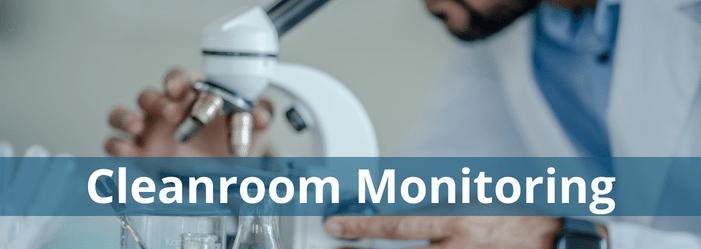
Slightly different than auditing, cleanroom monitoring is done to ensure that industry standards are being met to ensure product and employee safety. Because cleanroom monitoring is meant to evaluate the overall condition of the work environment, it will examine both the conditions of the room itself (filters, etc) and the behavior of employees.
Cleanroom monitoring is the process of testing all of the conditions of a cleanroom against the federally mandated requirements. Depending on the industrial requirements, this could include everything from microbial contamination to humidity levels.
Cleanroom monitoring processes will also look at the equipment and clothing being used by employees.
When contamination levels are too high, or a human-induced process is found to be in violation of the code, cleanroom monitoring services will be able to identify the problem.
From a strictly productive standpoint, regular cleanroom monitoring guarantees two things:
Cleanrooms also just ensure safe products. In 2008, China faced a milk and baby formula-related crisis. A chemical called melamine—commonly used in the manufacturing of plastic was found in a wide range of milk, formula, and other food products.
The result? Over 300,000 people experienced illness. Of them, 54,000 babies were hospitalized for kidney damage.
The culprit turned out to be a packaging company called Greif, The response to this crisis was felt all over the world. In China, production standards were evaluated and improved to avoid a repeat of the disaster. Everywhere else, governments considered their own standards and vulnerabilities in the hope of ensuring consumer safety.
Cleanroom standards can save lives.
The benefits to the consumer are clear. Cleanroom monitoring helps guarantee products that will do what they are supposed to do, without any health risks.
Monitoring also helps ensure that the work environment is safe for the people who use it every day.
Many work environments that require cleanroom standards implement chemicals and fumes that could be dangerous. Monitoring is there to ensure that these risks never impact consumers or employees.
Getting regular audits and monitoring services is the only way to make sure your production environment adheres to regulations while also prioritizing the safety of the public and your employees.
It is the best way to not only maintain the speed of your production and the quality of your finished products but also to maintain the ethical standards all manufacturers must uphold.
When it comes to maintaining cleanroom standards, there can be no compromise. They have to be nothing but the cleanest! Even for businesses that aren’t manufacturing consumables, the cost of failure is high.
Tech companies, for example, can lose an entire product line to something as small and simple as dust infiltration. Not only are these problems expensive and frustrating, but they often come at the cost of consumer confidence.
You don’t want your business to be responsible for product shortages, or public health crises. Regular cleanroom monitoring is the best way to ensure compliance, operational efficiency, and safety for your staff.
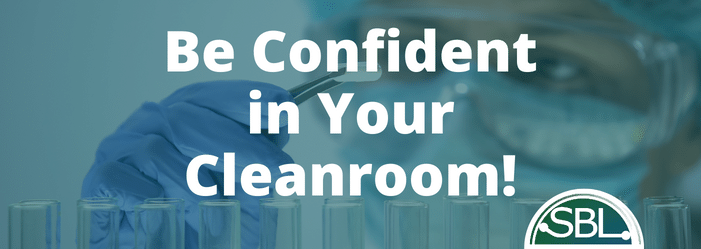
Your cleanroom should be everything you need it to be. Don’t settle for less, trust the best!
Cleanroom services in New York will help you establish a safe, productive environment.
Interested in making sure your production room meets FDA standards? Click here to receive a custom cleanroom quote now.
The cost of non-compliance is high. Give your business the gift of assurance that standards are being met and safety is being prioritized.







Interested in Working with
Sure-BioChem Laboratories
Sure-BioChem Laboratories offers top-notch analytical testing for various industries. Our advanced lab and expert team ensure reliable, quality results. We're committed to excellence, helping clients meet high standards in environmental, food, and pharmaceutical testing.
Headquarters:
1000 Atlantic Avenue
Camden, NJ 08104
PHONE: 888-398-7247
Main Menu